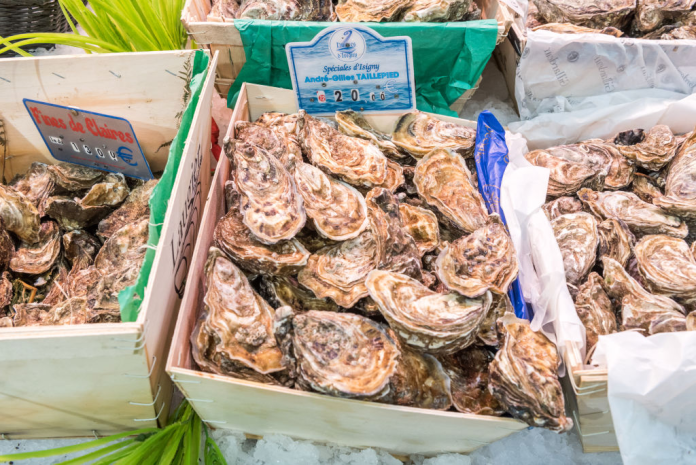While the broader agri-food sector has largely been spared from new US tariffs, the Trump administration has singled out EU shellfish as a potential target for fresh duties, citing the need for “reciprocity” in trade relations.
A White House factsheet claims that the EU enjoys unrestricted access to export shellfish to the US, while American shellfish exports to the EU are limited to just two states. This disparity, according to the administration, justifies the imposition of new tariffs on EU shellfish.
The trade of bivalve molluscs—such as clams, scallops, oysters, and mussels—has long been a contentious issue due to regulatory differences between the EU and the US. The White House statement highlighted that the EU bans shellfish exports from 48 US states, despite a 2020 commitment to expedite approvals.
The US shellfish market reopened to the EU in February 2022 after an 11-year hiatus, but access remains limited for both sides. Currently, only Spain and the Netherlands are authorised to export shellfish to the US, whereas only the American states of Massachusetts and Washington can export to the EU.
Thibault Pivetta, secretary general of the European Molluscs’ Producers Association (EMPA), noted that other EU member states lack the necessary authorisations or capacity to export to the US. He also stated that there is no official indication of a new decline or ban on American imports.
Discrepancies in trade data
The Trump administration pointed to a significant trade imbalance, claiming that the EU exported $274 million (€261 million) worth of shellfish to the US in 2023, compared to just $38 million (€36 million) in American exports to Europe. However, Eurostat data paints a different picture, showing EU imports of US molluscs at approximately €36 million and EU exports to the US at €94 million ($99 million)—far lower than the White House’s figures.
An EU said that the US had requested to expand the agreement to include three additional American states and submitted the necessary documentation for review in April 2022. The EU is still evaluating the request.
The Trump administration’s focus on EU shellfish reflects its broader strategy of leveraging tariffs to address perceived trade imbalances. However, the move could further strain transatlantic trade relations, particularly in the agri-food sector, which has so far avoided significant disruptions.
For now, the EU shellfish industry remains in a state of uncertainty, awaiting further developments in the ongoing trade negotiations. The outcome of the discussions could have significant implications for producers on both sides of the Atlantic.
